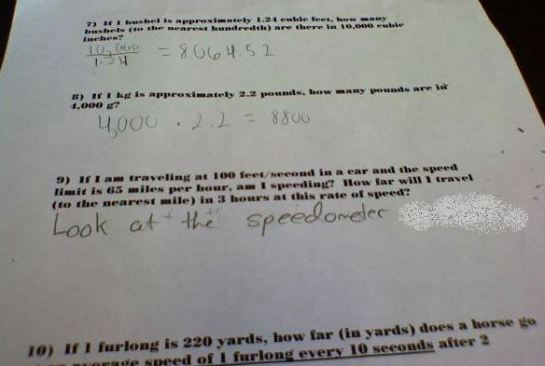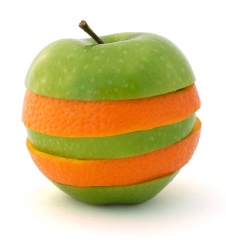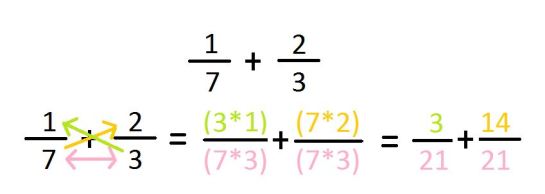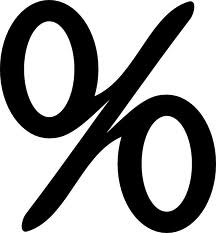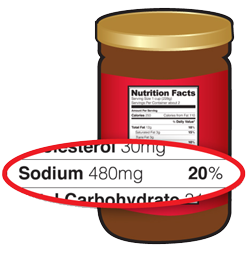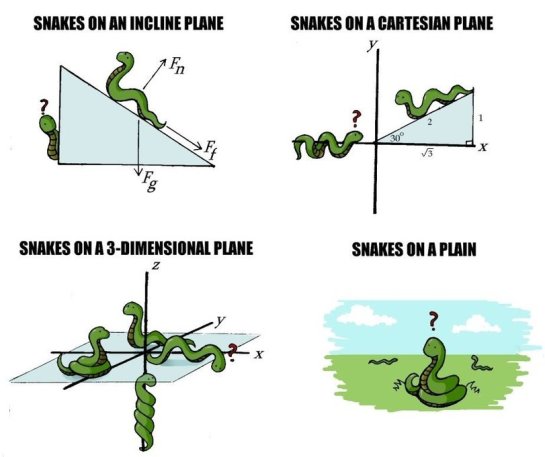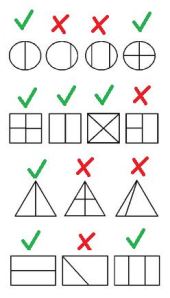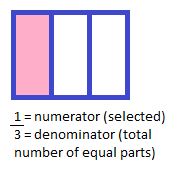Goal
The goals of this workshop are: a) to address math anxiety in students; b) promote positive attitudes toward math; c) to reinforce the importance of critical reasoning in everyday life; and d) to provide students with information about the developmental math sequence at Kingsborough Community College
Objective
The objective of the workshop is to determine the causes of math anxiety in students at Kingsborough. Students will be given the opportunity to state their feelings toward math, and the QR fellow will teach them the benefits of having positive attitudes toward math. They will be guided through an activity on the usefulness of math in everyday occupations, and why statistical comprehension is important in everyday life. Finally, students will be able to understand the developmental math sequence at Kingsborough, and will learn to navigate the Kingsborough Catalog to determine the math courses required (developmental and credit-bearing) for their major.
Materials
Powerpoint slides—Positive Mathitude: Getting a Grip on Math at Kingsborough (Math Workshop), Developmental Sequence Planning Worksheet (Math Sequence Planning Worksheet), Kingsborough Catalog (Kingsborough Catalog), SMART classroom (room with computer and projector)
Audience
Initially created for the SD10 classes of incoming spring-semester first-year students, this workshop has been modified for a workshop for the Men’s Resource Center.
Workshop Lesson:
Total Runtime: 50 minutes
Coin/Age Prediction (10 mins): After introduction, this icebreaker is to ease the tension about preconceived notions about math. It begins by asking students to take some coins out less than $1.00. Then students are supposed to do some basic calculations, either by hand, or by using a calculator (in the interest of time, calculator use is preferable). The formula is as follows: Multiply age by 2, Add 5, Multiply by 50, Add pocket change, Subtract 250. The answer reveals 4 digits: where the first 2 digits reveal the age of the person, and the last 2 digits reveal the amount of coins in pocket. (Students are usually surprised by these results). Lead students into a discussion, and ask how does this “trick” work? Is it really a trick? Proceed with the actual formula, which is really a math formula that uses particular principles of math to conceal and reveal these 4 digits.
Math Attitudes (10 mins): Proceed by asking students what are their attitudes about math. This is the opportunity for students to vent freely, without being judged. Many students will express negative attitudes about math, so be understanding. Allow the few students that express having positive attitudes about math to explain their feelings too. Lead students in a discussion about how having negative attitude toward math is not conducive to learning. Then explain how having positive attitude toward math can help to alleviate the anxiety.
Specialness of Math/Math in Everyday Occupations (10 mins): Explain the “special” nature of math because it is a general subject that permeates many fields. Proceed with activity about math in everyday occupations, and ask students to explain how math is essential for particular occupations (i.e. nursing, architecture, music, computer science), and reveal the many types of math required for each occupation.
Critical Thinking and Math Activity (5 mins): Students will be shown a series of misleading graphs. The graphs vary in terms of ways in which they are misleading (i.e. scaling issues, misrepresentation of data). For each one, ask students what are some elements of the graph that makes it misleading.
Math Sequence at Kingsborough (15 mins): This section is to help students navigate through the Kingsborough catalog in order to determine how many math courses they would need in order to graduate (developmental and credit-bearing courses for individual majors). Describe what a math sequence is, and emphasize that the order of taking these courses is important. Show students how to find this information in the catalog. Describe the developmental math courses (M1: Arithmetic; M2: Introductory Algebra). Guide students through a typical math sequence scenario for Liberal Arts majors. Also consider students who are thinking about attending a 4-year CUNY college after graduating from Kingsborough, and explain what additional math courses would be required in order to be eligible for applying to these CUNY colleges. Explain that for students who are STEM (science, technology, engineering, and mathematics) majors, upper level math courses beyond the developmental courses are required. End with some useful tips on how to be successful in completing these courses and graduating on time. Pass out the handout (Planning your Math Sequence to students), and let them know that if they had any specific questions about prerequisite courses, to ask their advisor for more information.
QR Fellow comments: Active engagement with the students is very important. It is quite easy to lose students’ interests if there are no activities or discussion about the application of math in everyday life. Students typically have the sentiment that math is not useful, and therefore, is not worth the time or effort studying. The idea that math is everywhere seems necessary to reinforce. Students seem to open up more if you allow them to vent about math while not having feeling judged in doing so.

